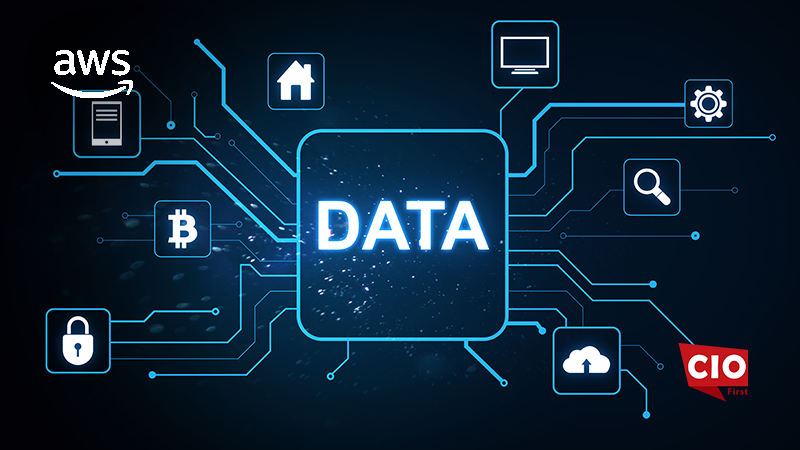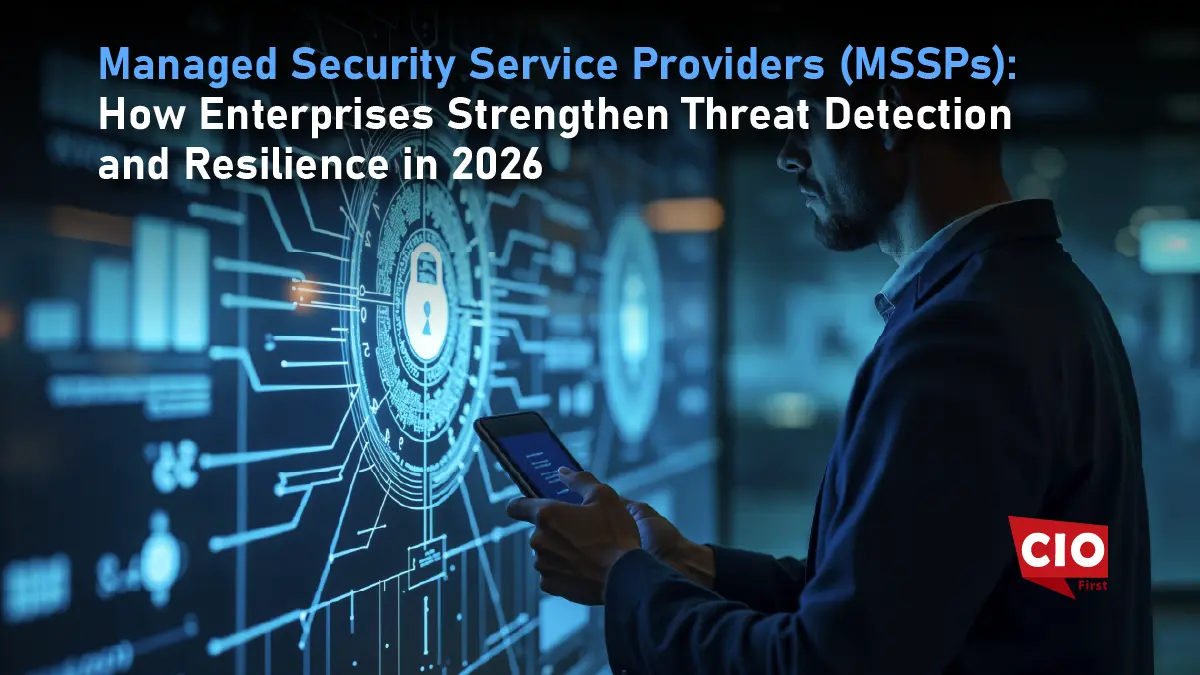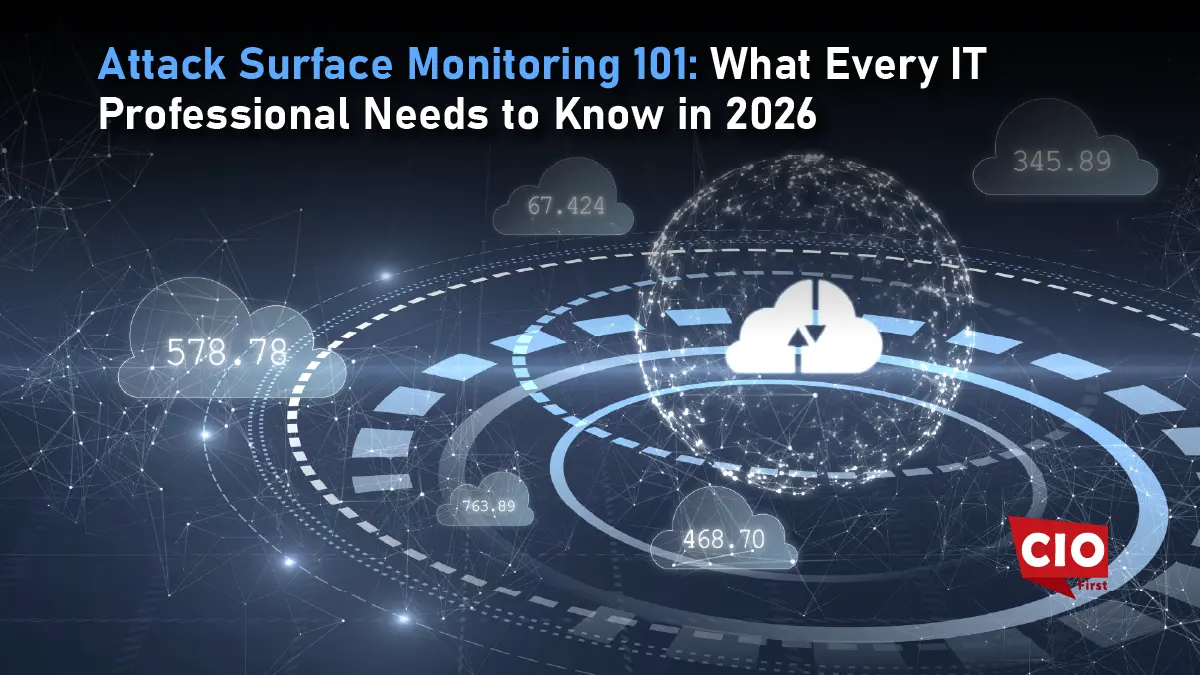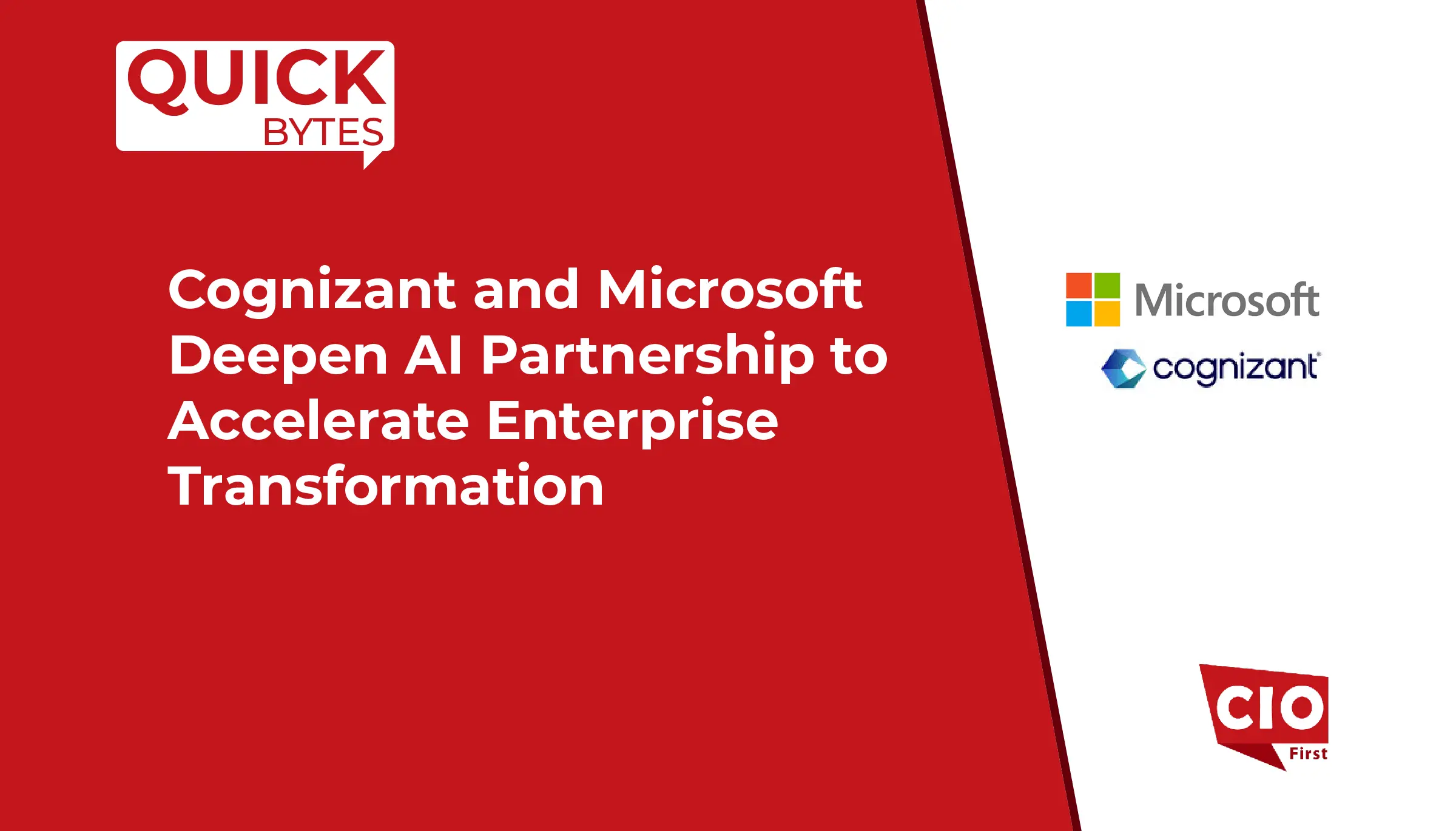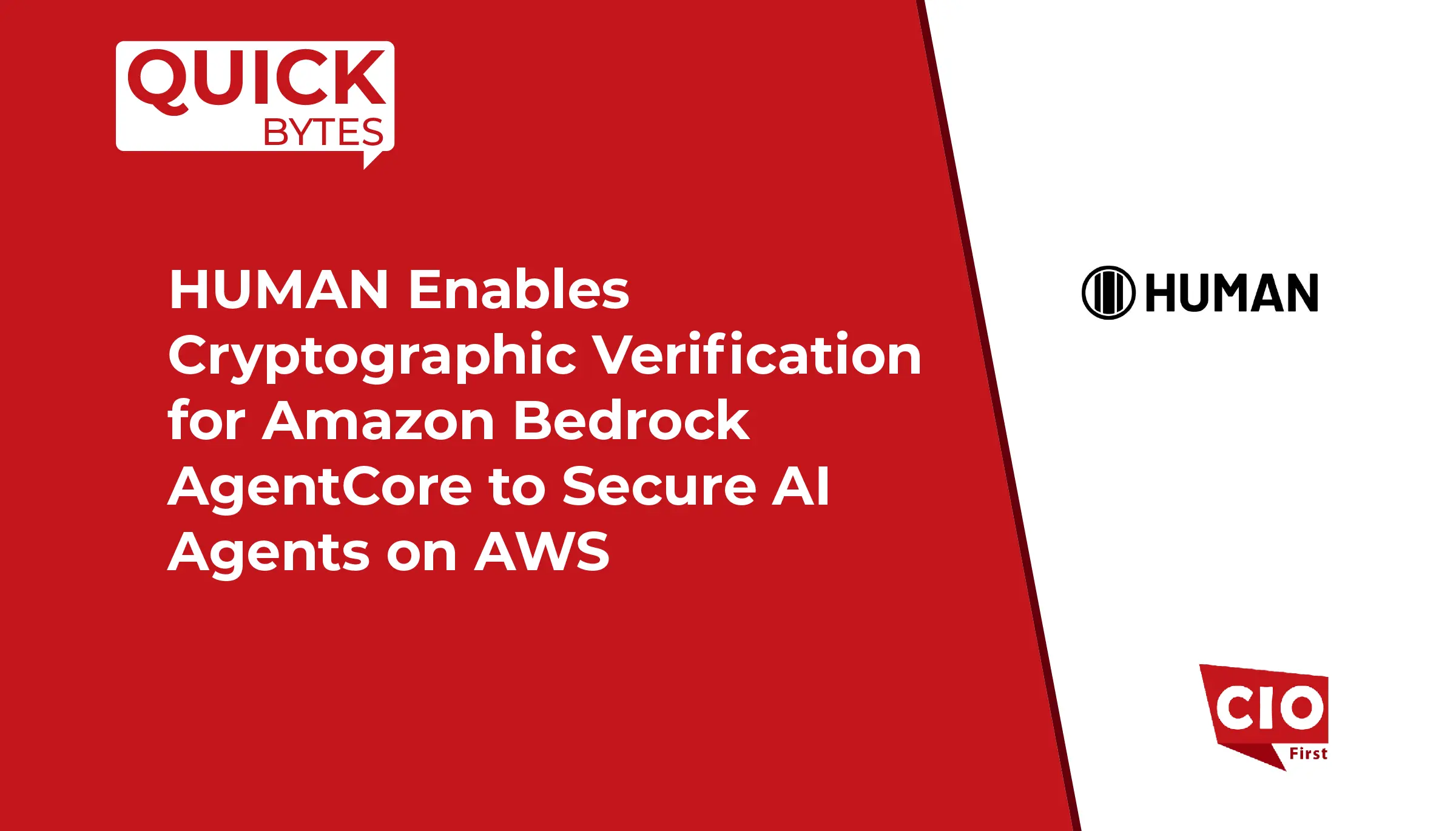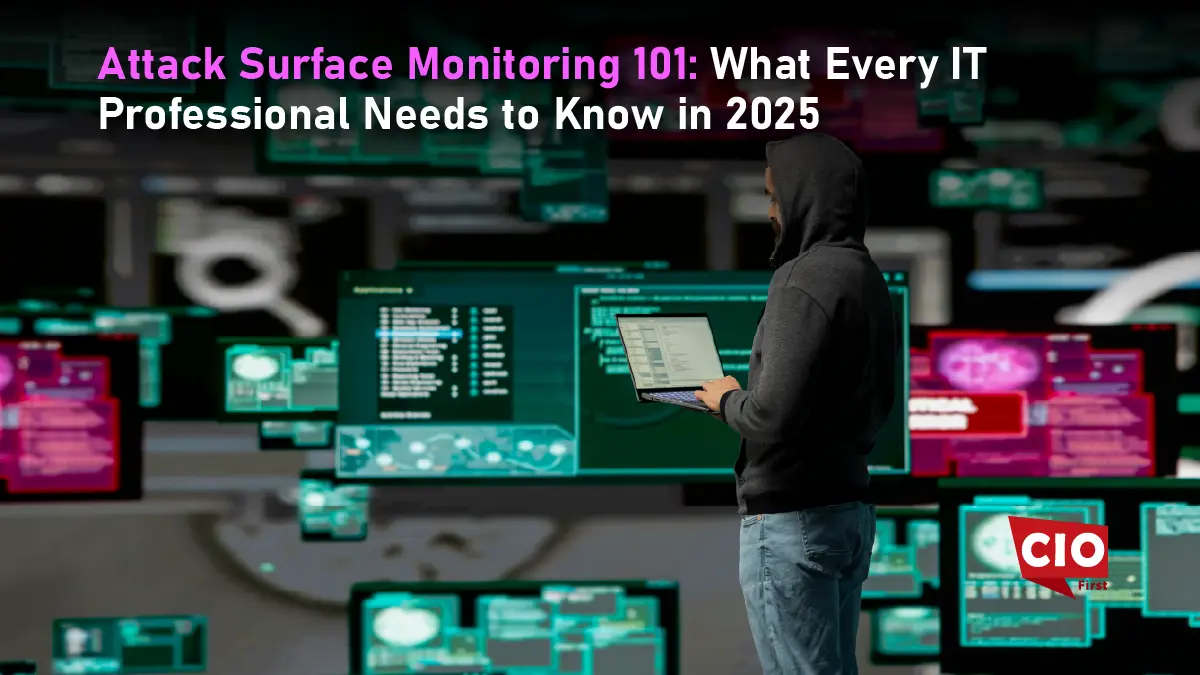The traditional network perimeter isn’t just fading, it’s gone. Cloud adoption, remote work, and hybrid setups have turned company infrastructure into a scattered web of connections that never sleeps. Every new API endpoint, vendor plug-in, or cloud instance becomes another digital door waiting to be tested by attackers. And the scale of that challenge is massive. Microsoft’s 2025 data shows it processes over 100 trillion signals every single day while blocking 4.5 million new malware attempts and analyzing 38 million identity-risk detections. The threat surface is expanding faster than human teams can manually track.
This is where attack surface monitoring steps in. It is the continuous process of discovering, classifying, and assessing risk across every internal and internet-facing asset. It replaces static perimeter defense with dynamic visibility. In a world with no fixed borders, ASM isn’t optional anymore. It is the foundation of proactive, perimeter-less security.
Why Traditional Security Tools Are No Longer Enough
Traditional security tools used to do the job. Run a vulnerability scanner, check your CMDB, patch the usual suspects, and call it a day. But that world doesn’t exist anymore. These tools only see what they’re told to see. The modern IT landscape doesn’t sit still long enough for that. New assets pop up by the hour, cloud instances spin and vanish, APIs multiply like weeds, and shadow IT quietly expands the blind spots.
Think about it. Employees spin up SaaS tools without approval, creating hidden risks your scanners will never touch. Mergers and acquisitions? They drag in entire networks you barely understand. Even cloud setups, supposed to simplify life, often do the opposite. Misconfigured buckets and lax IAM policies have opened more backdoors than bad passwords ever did. The Cloud Security Alliance found that 65% of organizations struggle to track risks from third-party apps and misconfigurations. No surprise then that CISA keeps adding fresh entries to its Known Exploited Vulnerabilities catalog, including three more in August 2025 alone.
The point is simple. The attack surface has exploded, and traditional tools can’t keep up. Attack surface monitoring isn’t just a new feature, it’s the seatbelt for this high-speed digital chaos. Without it, you’re flying blind.
The Core Components of Attack Surface Monitoring
Attack surface monitoring isn’t another shiny cybersecurity buzzword. It’s the actual control room for modern defense, built to keep up with how fast the digital world moves. The first part is comprehensive asset discovery. From the outside, External Attack Surface Management uses open-source intelligence to spot what’s visible to attackers. Things like exposed domains, subdomains, SSL certificates, open ports, and random internet-facing assets that nobody remembers setting up. From the inside, Cyber Asset Attack Surface Management pulls data from your CMDBs, EDRs, and MDMs. It connects the dots to build one complete list of everything that touches your network. Because honestly, you can’t protect what you don’t know exists.
Next comes continuous vulnerability assessment. This isn’t a once-a-quarter scanner job. It runs all the time. It looks for weak spots, expired certificates, outdated software, and those sneaky open ports that often get ignored. It’s about staying one step ahead instead of reacting after things break.
Then there’s contextual risk prioritization. This part keeps your team from drowning in meaningless alerts. ASM looks at who owns each asset, what kind of data it handles, and how exposed it is to the outside world. Then it sorts what actually matters first. That’s how security gets smarter, not louder.
Even AWS talks about this mindset in its 2025 security framework. They focus on identity and access control, data and network protection, monitoring and response, and continuous patching. The message is clear. Visibility without context is chaos. Monitoring without continuity is just wishful thinking. Attack Surface Monitoring brings both together and gives teams what they really need: control.
The Three Pillars of a Proactive Defense

A strong security strategy today doesn’t wait for alarms to ring. It works in layers, built on three solid pillars that turn attack surface monitoring from a passive tool into an active defense system.
Pillar 1: External Attack Surface Management (EASM)
This is your organization’s public face, the part every attacker scans before deciding where to hit. EASM maps that digital footprint exactly like an adversary would. It hunts for unknown assets, also called ‘unknown unknowns,’ because those are usually the cracks that let breaches slip through. It checks for domain squatting, exposed RDP ports, weak TLS setups, and expired SSL certificates that open easy doors. Teams use open-source intelligence tools and automation frameworks to find what’s visible from the outside before anyone else does. The goal is simple: find it before they do.
Pillar 2: Digital Supply Chain Monitoring (DSCM)
Here’s where things get tricky. Most companies now run on a tangled web of third-party software, vendors, and cloud services. Each of them adds convenience but also another entry point for attackers. DSCM keeps a constant eye on this ecosystem. It tracks vendor risk ratings, flags outdated dependencies, and spots exposure to high-profile vulnerabilities like Log4j or SolarWinds-type breaches. The Cloud Security Alliance’s 2025 survey revealed that over 60% of organizations still struggle to monitor risks from third-party integrations and misconfigurations. That’s a wake-up call for anyone who assumes vendor trust equals vendor security.
Pillar 3: Integration and Remediation Workflow (CAASM)
Finding risks is one thing. Acting on them fast is what actually saves you. CAASM connects the dots across your existing tools such as CMDBs, EDRs, SIEMs, and ticketing systems like Jira and pushes ASM data directly into them. That means when something risky shows up, it doesn’t just sit in a dashboard. It becomes a tracked task with ownership, deadlines, and context. Automation then routes issues by priority, based on how critical the asset is and how exposed it’s become.
Put it all together and these three pillars shift security from reactive firefighting to proactive control. Attack surface monitoring stops being a map of problems and becomes a live operating system for defense that actually keeps up with how fast your environment changes.
Also Read: The Future of Business Intelligence: Turning Real-Time Data into Strategic Advantage
Business Benefits and Strategic Use Cases
Attack surface monitoring isn’t just about finding weaknesses. It’s about fixing what matters faster and spending smarter while staying compliant in a world where threats never slow down.
First comes speed. When continuous monitoring is in place, teams don’t waste hours figuring out what broke or where it came from. The discovery part is already done. That alone cuts the Mean Time To Remediation (MTTR) dramatically because you’re not reacting blind. You’re responding with context and precision.
Next is compliance and governance. Regulators don’t just want reports anymore. They want proof of real-time control. ASM provides that living, auditable inventory that frameworks like SOC 2, ISO 27001, and even CISA directives now expect. It keeps your data clean, your documentation automatic, and your auditors happy.
Then there’s strategic M&A due diligence. When companies merge, IT teams often walk into a black box of unknown systems and unverified networks. ASM changes that by running non-intrusive scans that instantly reveal what’s exposed, what’s outdated, and what’s risky before full integration. It makes cybersecurity part of the deal-making process, not an afterthought.
Finally, optimized spending. With clear visibility into what’s truly exposed, security teams can stop throwing money at every possible threat and start focusing only on assets that actually matter. The ROI is obvious when you consider the stakes. IBM’s 2025 Cost of a Data Breach Report pegs the global average breach at 4.4 million dollars. Prevention is cheaper. Visibility makes it possible.
The Foundational Layer for 2025 Security

The days of fixed perimeters and predictable networks are gone. In 2025, visibility has become the new perimeter. The only way to secure a constantly shifting mix of cloud, hybrid, and remote systems is to see everything, all the time. This is the moment when attack surface monitoring puts on its armor and presents itself, not as a mere accessory, but as the fundamental strata of today’s cyber defenses. It provides the IT staff with a real-time perspective that lets them know what is being revealed, what is in the process of changing, and which areas need attention first.
Now is the time for a mindset shift. ‘Security by Default’ is not just a phrase, it is the new rulebook. Every organization should start by mapping and monitoring its full digital footprint, continuously and automatically. That visibility is the first real step toward Zero Trust, smarter vulnerability management, and risk decisions grounded in data instead of guesswork. Visibility builds confidence. Confidence builds resilience.





